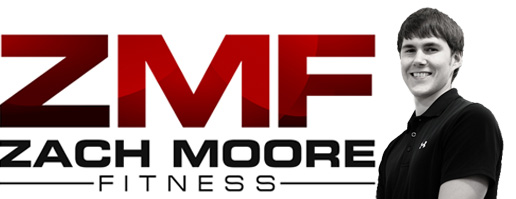I just wanted to let all of you know that I am in the process of transferring blog posts from my old site onto this one. Therefore, make sure to check back frequently as I will hopefully be posting them fairly often.
The one below was one of my most popular on the old site so hope you enjoy it.
The Glute Ham Raise (GHR) is a fantastic exercise to work the glutes and hamstrings. Unfortunately, this exercise is often performed incorrectly and people are not able to fully reap the benefits of it.
Therefore, today I want to go over the proper execution of a GHR and some common mistakes I often see people make when trying to perform this exercise.
NOTE: I am only going to cover the execution of a GHR performed on a glute ham machine. I am sorry if you do not have access to one of these. Most of the rules and mistakes I describe below do still apply to the natural glute ham raise (where you are on your knees and someone or something holds your feet down) so hopefully this post will be beneficial if you use those in your clients’ or your own training.
EXECUTION:
The standard performance of a glute ham raise begins with the hips flexed over the pad and the feet*** pressed firmly into the plate. From here, you extend your hips by contracting your glutes and hams.
Once your body is in a straight line (hips fully extended), you flex your knees until your torso is erect all while keeping your back neutral and hips extended (to do this focus hard on keeping your glutes tight).
During the eccentric (lowering) portion of the GHR, while keeping your glutes contracted and your back flat, slowly lower your body by straightening your knees. Lastly, once your knees are fully extended and you are parallel to the ground, you flex (break) at the hips to return to the starting position. At no point should your back lose its neutrality.
Common mistakes and videos demonstrating them:
1) Hips “break” or flex as you begin to rise because your glutes and/or hams cannot keep them extended.
In this video, you can see that as soon as I start to come up my hips flex instead of staying extended-I am no longer in a straight line from knee to hip to shoulder.
2) Back hyperextends to substitute for a lack of glute and ham strength. If glutes and hams cannot pull your body up, then your back will try to perform the work.
In this video, you can see I have a big arch in my back, which is not correct – the back should stay neutral.
I do realize that you can work your hamstrings even if your hips are flexed, but I feel that if you do it this way, then it should be called by a different name. Why not try to make the exercise harder by keeping your hips extended versus adding weight?
Hope those instructions help! I will be back next week with ways to regress the GHR if it is too difficult for you and/or your clients.
Have a good week!!
***Most instructions on the GHR will tell you to press toes into the plate and that is fine, but for a change of pace try keeping your whole foot in contact with the plate. This will reduce the contribution from your calves and make the exercise a little more difficult, but you will really feel it in the hams!



Nice posts, I do this machine a lot and my back always hurts like an SOB when I do it. Maybe you’ve fixed my problem. I watched all the “incorrect” ways to do it, but I couldn’t find a video of the “correct way”. Is there one on your site or your old site?
Or is Video #1 the correct way?
Yes, the first video is the correct way to do them. My guess is that you are hyperextending your back as I show in the 3rd video. Think about keeping your ribs down and squeezing your glutes hard throughout. You should be initiating the movement by bending at the knees only – not arching your back.
I will post a follow-up blog soon that details some ways to regress the exercise if you are unable to do it correctly.